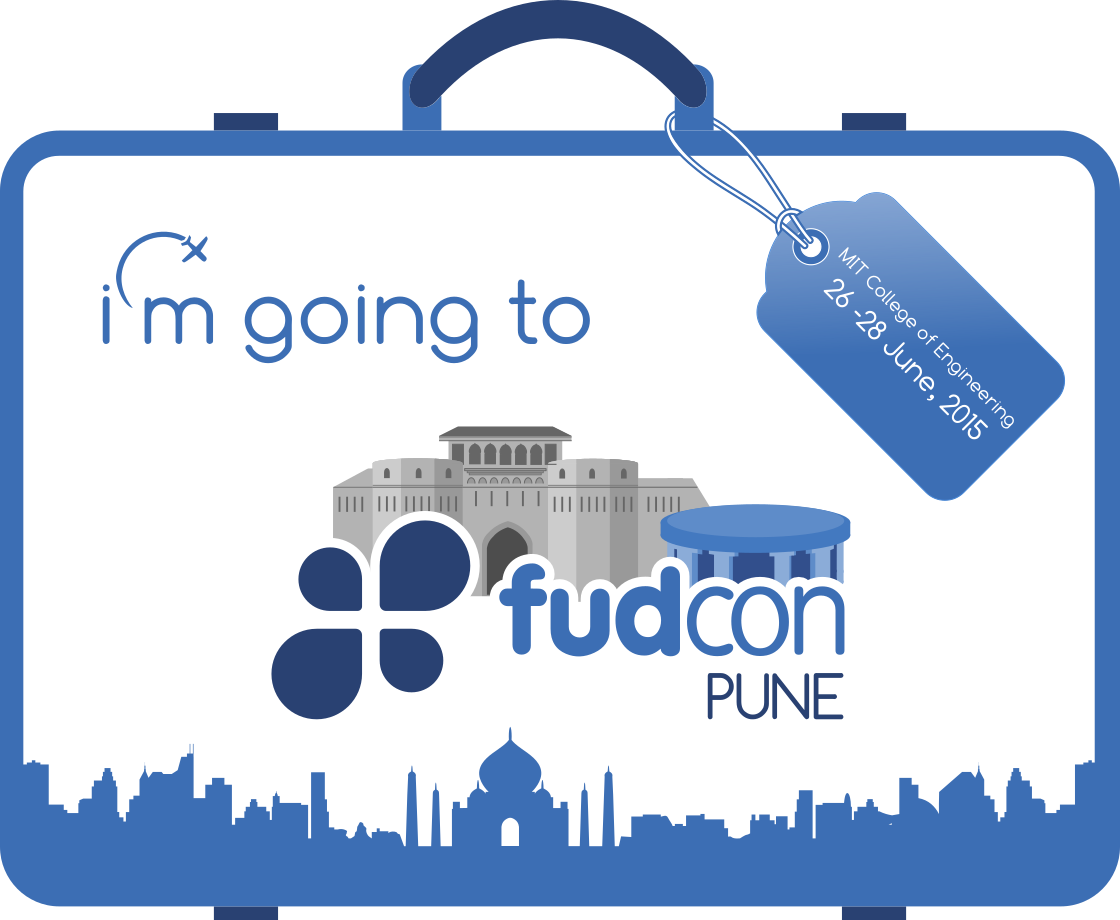I got an opportunity to talk about “Project Atomic and Multi-container application packaging” in recent docker meetup Bangalore. I have posted my slides to slideshare [1].
However I thought of giving more context and further pointers to the presentation through this blog.
As mentioned in my slide, Nulecule is a specification to define a multi-container applications. So that we can get rid of the custom shell scripts, long docker run commands, moving the required configuration files and instructions about how to deploy the application to the end user.
Checkout the YouTube video about why we need Nulecule: From the Nulecule Nest to an Atomic App
However just having a specification will not solve the problem. We need a code to do the required work to run multi-container application using Nulecule specification and that is Atomic App project .
Atomic App performs all actions to run the application by reading the Nulecule spec. Atomic App is used as a docker image.
To run the Atomic App installer for your application , atomic command line is used.
Here is the workflow if you want to build Atomic App installer for your application using Nulecule specification. Please keep in mind that when I say application, I am actually talking about multi-container application.
Step-1
Write Nulecule specification files. Which also includes manifesto files for underlying required orchestration platform (e.g. Kubernetes, OpenShift, Docker Compose, Apache Mosos Marathon etc)
Here is a blog from Ratnadeep about how he created a nulecule-ized application -> http://www.rtnpro.com/nuleculizing-an-docker-image/
Step-2
Create the layered docker image (use Atomic App docker image as base image) of the application. Which will include Nulecule specification and Atomic App code.
You can push the new image to your local docker registry or public docker hub for your use.
Step-3
Running the Atomic App image for the application. Here is a example of running a helloapache Atomic App -> https://hub.docker.com/r/projectatomic/helloapache/
Note that there are three way to run an Atomic App i.e.
- Option 1: Non-interactive defaults
- Option 2: Unattended
- Option 3: Install and Run
Here is a YouTube video which shows a demo : WordPress Nulecule Demo
For further read check Vasik’s presentation or Nulecule github project.
Get Involved:
Nulecule Poject: https://github.com/projectatomic/nulecule
Atomic App: https://github.com/projectatomic/atomicapp
Check the README files of the above projects for relevent communication channels for participating in the project.
[1] http://www.slideshare.net/then4way/project-atomicnulecule
[2] http://www.rtnpro.com/nuleculizing-an-docker-image/
[3] http://www.slideshare.net/VavPavl/nulecule


